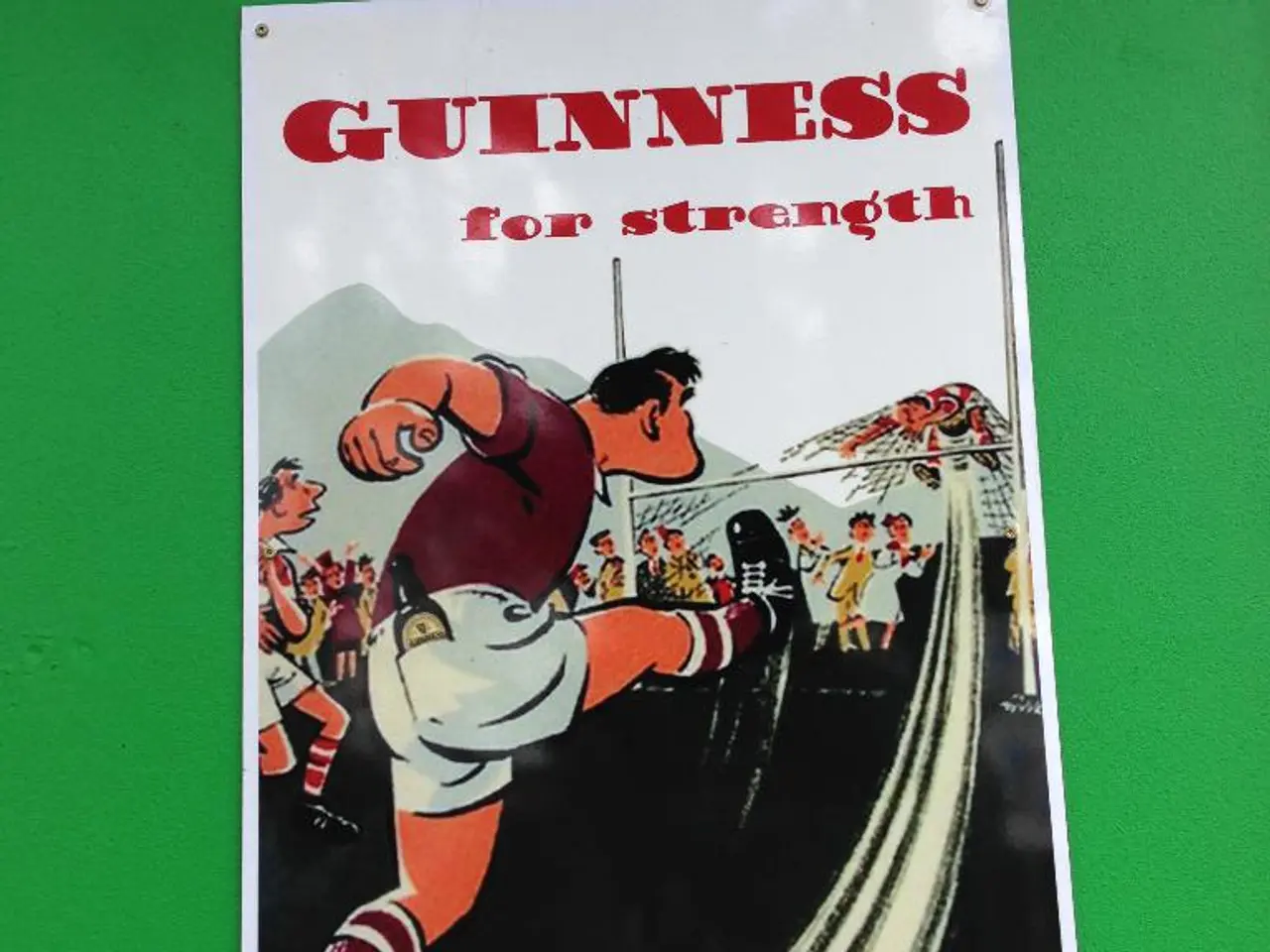Assessing Fitness Levels: Five Powerful Strength Assessments for Your Fifites
==================================================================================================
As we age, maintaining our physical fitness becomes increasingly important for our overall health and wellbeing. One simple test, the one-foot balance challenge, has emerged as a powerful predictor of various health risks, potentially even surpassing the predictive value of traditional measures like cholesterol levels.
The one-foot balance challenge zeros in on our ability to balance, a skill that is more than just about muscles and joints. It is intimately connected to cognitive function, requiring multiple body systems to work in perfect harmony, including muscles, joints, the nervous system, and the brain.
Starting from around age 30, we begin losing 3 to 8 percent of our muscle mass every decade. This process accelerates dramatically in our fifties. Strength training, however, can help reverse this trend, improving proprioception, enhancing body awareness, and reaction time to prevent falls. Two sessions per week of strength training, performed on non-consecutive days, can produce significant improvements in strength, bone density, and functional capacity.
The ability to balance for 60 seconds on one foot is a better predictor of overall health than cholesterol levels. A major study published in the British Journal of Sports Medicine found that adults aged 51 to 75 who could not stand on one leg for 10 seconds had an 84% higher risk of death from any cause over 7 years, after adjusting for age, gender, weight, and existing conditions.
In comparison to cholesterol, which primarily predicts cardiovascular risk, the balance test integrates multiple systems affecting mortality risk, including vulnerability to falls and fractures—major causes of injury and death in older adults. Poor balance indicates muscle weakness and frailty, which increase fracture risk from falls, subsequently raising long-term mortality risk.
The one-foot balance challenge is a non-invasive, quick, and inexpensive tool that reveals important functional decline not always captured by biochemical markers like cholesterol. Additional functional tests evaluating balance, strength, and flexibility together also predict mortality and cardiovascular events strongly, supporting that physical fitness—encompassing balance—is a vital health marker beyond isolated metrics such as cholesterol.
| Aspect | One-foot Balance Test | Cholesterol Levels | |---|---|---| | Predicts | All-cause mortality, fall risk, fractures, frailty, muscle strength | Cardiovascular disease risk, heart attacks, strokes | | Basis | Combines brain, muscular, neurological health | Lipid profile affecting arterial health | | Advantages | Simple, no equipment, functional health marker | Established biochemical risk marker | | Prognostic Power | 84% increased mortality risk if poor balance | Strong predictor of cardiovascular risk, less directly linked to falls or fractures |
In summary, the one-foot balance challenge provides a practical, integrative prediction of overall health risks, including falls, fractures, and early mortality, complementing or even exceeding the predictive value of cholesterol levels in many respects. For people over 50, incorporating balance exercises into a regular strength training routine is essential for survival, as it strengthens bones, improves balance, enhances cognitive function, and reduces injury risk.
- The one-foot balance challenge, a test evaluating an individual's ability to balance, predicts all-cause mortality, fall risk, fractures, frailty, and muscle strength more effectively than traditional measures like cholesterol levels, especially for people over 50.
- Incorporating balance exercises into a regular strength training routine not only ensures cognitive function enhancement and injury risk reduction but also plays a crucial role in improving bone health, thereby contributing significantly to survival beyond the aging process.




